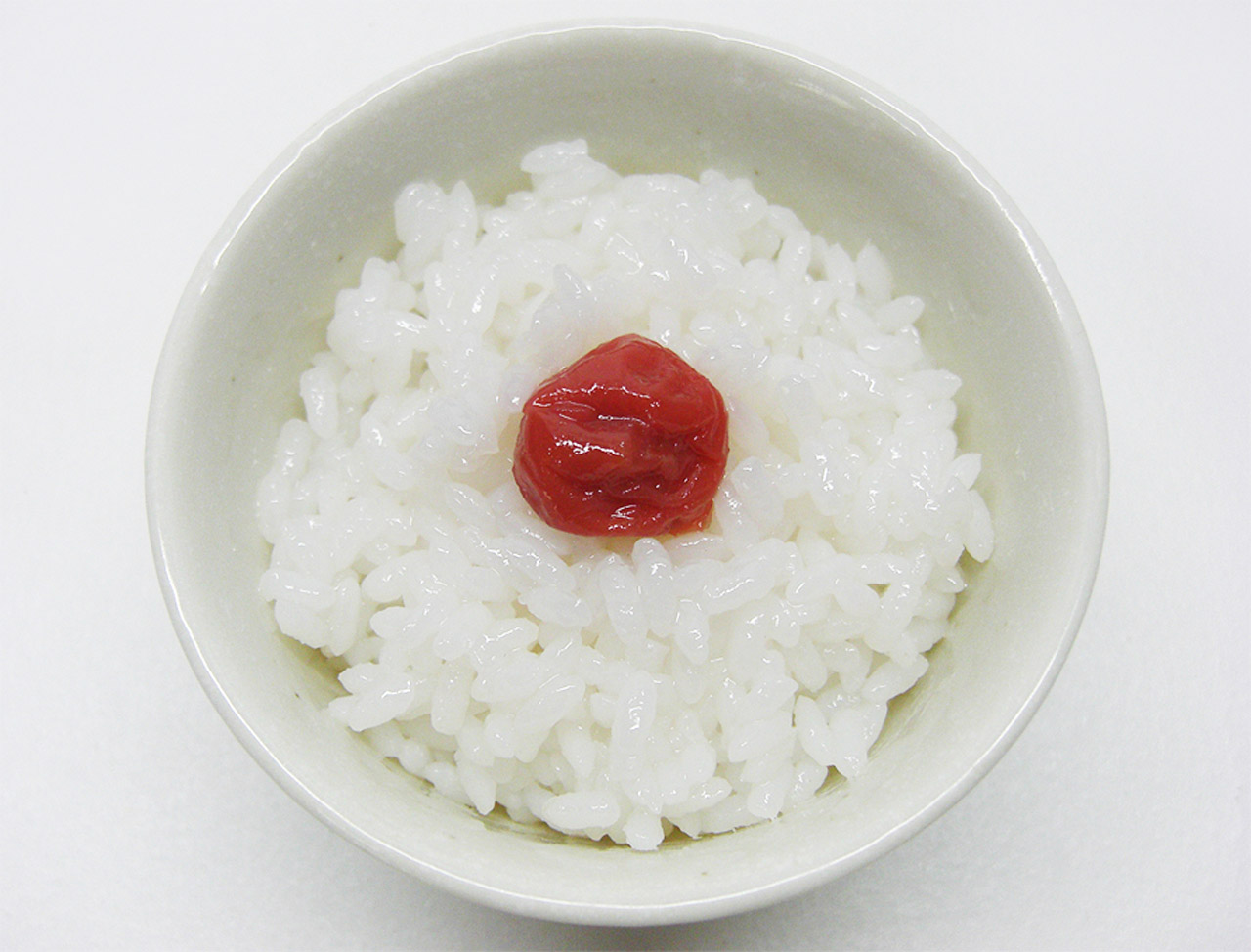 |
| salted plum japanese |
This is shahab in charge of the blog.
The other day, when I saw umeboshi at a supermarket, most of the products had "reduced salt" or "with honey" written on the package. So I asked the store clerk, "Do you have normal umeboshi?" ."They said. Therefore, this time, I would like to talk about "Umeboshi", which has been loved as a healthy food, as it is said that "one grain a day keeps the doctor away".
[Nutrition of Umeboshi]
Umeboshi contains citric acid, malic acid, and succinic acid, which are said to be effective in relieving fatigue, as well as vitamins, potassium, calcium, and iron.
[Types of Umeboshi]
Umeboshi
Plum pickled in salt for about a month and dried in the sun for several days.
Since the salt concentration is high at around 20%, it can be stored at room temperature for a long time even without additives.
Recommended for those who like salty and sour pickled plums.
pickled plum
It refers to pickled plums in salt. Pickled plums are dried in the sun to soften them, but pickled plums are not dried in the sun to maintain their firmness.
In addition, crisp plums are also classified as salted plums.
Seasoned pickled plum
After desalting umeboshi, it is seasoned with seasonings such as bonito and kelp, and honey.
Since the salt concentration is around 10%, it has a low shelf life and should be stored in the refrigerator and eaten as soon as possible.
Seasoned umeboshi, such as "reduced salt plum", "honey pickles", "katsuobushi plum", and "kelp plum", are often found in supermarkets. Preserved food made by drying
dried
umeboshi Because of its high salt concentration, it has excellent antiseptic properties and can be used as an emergency food.
[Changes in Umeboshi]
It seems that the salty and sour umeboshi has changed from a salty and sour umeboshi to a moderately sweet and easy-to-eat umeboshi, due to major changes in lifestyles, increased health consciousness, and changes in consumer tastes. Today, the younger generation who grew up eating the mainstream seasoned umeboshi may not have had the experience of “salivating just thinking about umeboshi.”
[What is the difference in salt content? ]
Umeboshi made by traditional methods contain 1.8g of salt per grain (10g), and seasoned umeboshi such as reduced-salt umeboshi and umeboshi with honey contain 0.8g of salt per grain (10g). I'm here. According to the Japanese Dietary Reference Intakes (2020), the target salt intake is less than 7.5g per day for adult men and less than 6.5g for women. be careful.
The amount of salt in umeboshi varies from product to product.
Currently, various types of umeboshi are available on the market, so they can be added not only to rice balls, ochazuke, and other staple foods, but also to main dishes, side dishes, and desserts to create a refreshing and refreshing taste. can do. Why don't you all enjoy cooking by making use of the nutrition of umeboshi?


.png)

.png)




0 Comments